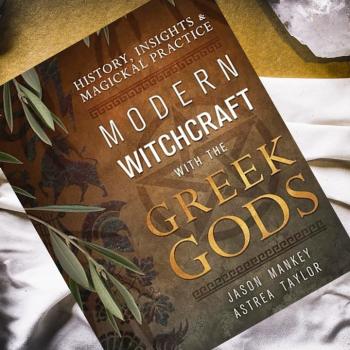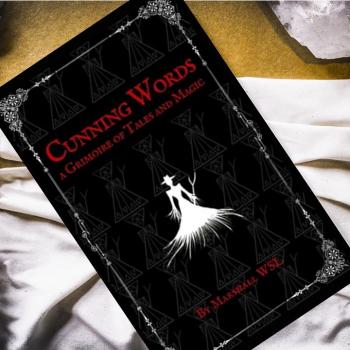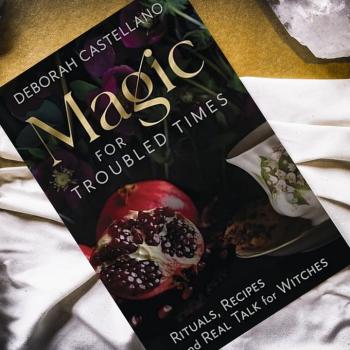[Author’s Note: Originally written for an Outer Court class, sometime in the late 80s or early 90s. Feel free to use it for your own classes, with attribution, of course.]
Though originally considered one of the less important Quarter Days, which in some of the older Traditions were not mentioned at all, Yule has become dearly beloved to modern Pagans. Its proximity and mythical similarity to the holidays celebrated at this time by our culture’s majority, Christians, give it a familiarity and comfort all out of proportion to its Wiccan significance.
Those of us who choose to follow that spiritual “different drummer” give up a lot. We set ourselves apart from most of the things by which most people define themselves. Our life’s rhythm alters, so that we no longer live Sunday-to-Sunday, like those around us, but Moon-to-Moon and Sabbat-to-Sabbat. Our sense of what is important changes even more drastically, with the coven and the community ― and the Gods ― becoming our primary focus.
Our families, if they don’t disown us or set the deprogrammers on our trail, view us with at most amused toleration, and at least total befuddlement. What we’re doing makes little sense to them. What they’re doing makes little sense to us. We’re never around when they want us to join family gatherings. And if we are we’re weird, not quite in sync with everyone else.
Except at Yule.
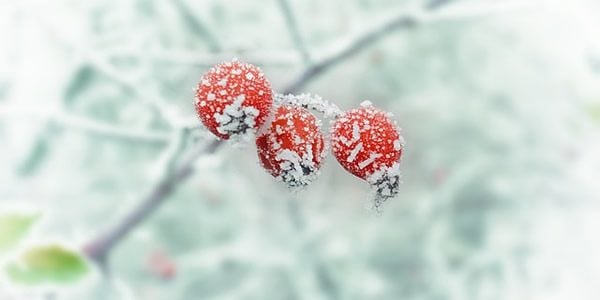
At Yule, we can step, however briefly, back into the mainstream, back into the fold. Best of all, we can do so in the slightly smug assurance that it is they who are being Pagan―however unwittingly ― not we who have lapsed.
Most of the customs of Christmas, and practically the entire myth, originated with Paganism. The Saxon/Norse name for the Winter Solstice, Yule, remained an alternative name for the festival well into the 19th century, and was not really abandoned until after WII. The word means “Wheel” and refers both to the turning of the year-wheel and the old custom of binding straw to wagon wheels (sans wagon), lighting them, and setting them rolling downhill in an ancient act of sympathetic magic to encourage the Sun’s return. In parts of Scandinavia, so I’m told, it is still an important part of the public Yule celebration.

The relative un-importance of the Winter Solstice in the British Traditional stream of modern Wicca is puzzling. The return of the Sun, and with it life and light, was of the utmost importance in both herding and agrarian cultures. Especially in the North, where food supplies were usually both scarce and of poor quality in the winter, the return of the Sun marked the promise of a return of fertility not only for plants and animals but for humans.
As we are rediscovering in this era of the “lean & mean” look for women as well as men, malnourished women, especially when they continue to physically exert themselves, cease to menstruate. So it is not surprising that the Winter Solstice, with its magical rites to encourage the Sun’s return, began to be celebrated quite early in history, and has continued to be. We may not still lose our fertility in the winter, but the fear of it is in our genes. They call it “seasonal affective disorder”.
The Romans called the festival of the Sun’s return “Dies Natalis Sol Invictis” ― the birthday of the unconquered Sun. The newborn Sun was pictured as a radiant babe cradled in the arms of the ever-fertile, ever-virgin Magna Mater. By late Imperial times the imagery was almost entirely that of Isis and the child Horus, and remained so when the names of the mother and child changed to Mary and Jesus.
As they did with everything else that reminded them of home, the Roman legions carried their winter festival with them to their colonies. The myth of the new-born Sun Child made perfect sense to the sophisticated theologians we now call Druids, so they added it to their own myths. It’s said this is one of the reasons Christianity why did not need to be imposed in Ireland by the sword.
Another Yule myth popular with today’s Pagans is that of the Two Kings. As at Summer Solstice, Yule marks the supplanting of the King (or God) of half the year by his father/son/twin. Unlike the myth of Litha, though, at Yule it is not so much a battle as the willing sacrifice (or retirement, depending on whose version of the myth you have) of the Dark God, the Holly King, in favor of the Bright God or Young God, the Oak King.
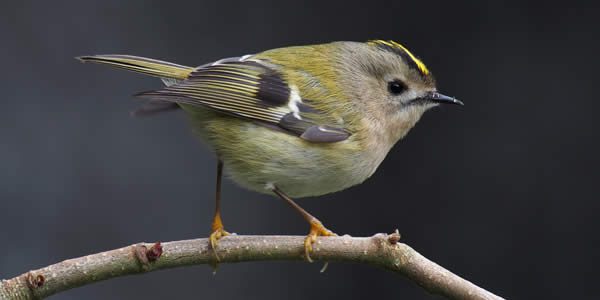
In some areas, the Holly King was symbolized by the gold-cap wren, a bird of the winter forests, which was ritually hunted and shot. Originally, it was probably then eaten. In other areas, the most perfect evergreen tree in the nearby woods was cut down, re-erected in the village square and decked beautifully to represent the death and rebirth of the God. The ornaments were chosen to represent the Sun, Moon, and Stars; or light in general.
As the two myths, that of the Sun Child and that of the Two Kings, merged in the popular imagination, the resulting synthesis was much like the imagery which now surrounds New Year’s eve: the ancient, worn out Old Year (himself a survival of the Roman Saturn) shuffling off to oblivion, making room for the bouncing infant New Year. Though we may shudder at this descent into kitsch, it is a fairly good representation of what really happens.
The ancients had a much better grasp than we do of the fact that the world is finite. If that which has outlived its usefulness does not make way, nothing new can come into existence. If the stubble did not rot in the fields, there would be no room for the seed to take root; it would not grow, and we would starve. If the lead bull, the king stallion, the champion stag did not let himself be driven away by a young challenger when he was past his prime, the viability of the entire herd would suffer. Even among those predators which live in groups ― wolves and lions for instance ― the leader usually allows himself to be defeated and replaced when he grows old, rather than fight to the death (though that sometimes happens, too). There is a grace about it, a noble acceptance of the inevitability of change. Graceful or resisted, the change will happen.
Once more, we celebrate Death in the service of Life. But more than that, we celebrate the Life hidden within the appearance of death all around us. We feast, though we cannot be sure that our food will last until Spring. We exchange gifts, reaffirming the preciousness of our relationships, though we cannot know for certain who may survive the cold months to come. And we make fires and splendid lights of all kinds in celebration of the growing Light, as encouragement to the infant Sun. The changing -of-the-guard of Yule is a change within continuity, part of the cycle of waxing and waning, growth and decay, that goes on forever. And at no time is it more gracious, more joyful, than at Yule.

Patheos Pagan on Facebook.
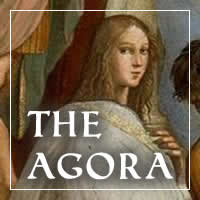
the Agora on Facebook
The Rantin’ Raven is published on alternate Saturdays here on the Agora. Subscribe via RSS or e-mail!
Please use the links to the right to keep on top of activities here on the Agora as well as across the entire Patheos Pagan channel.





